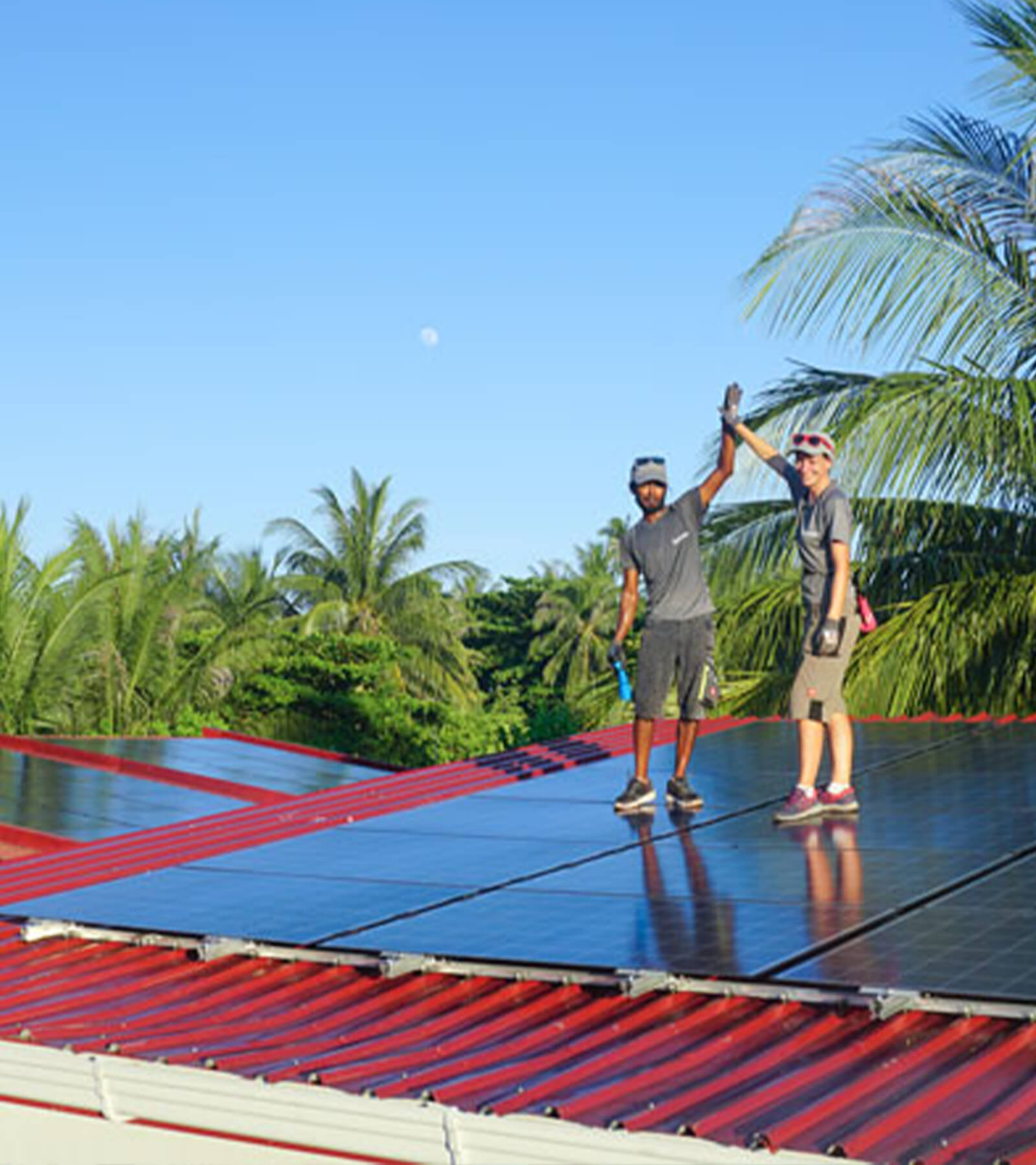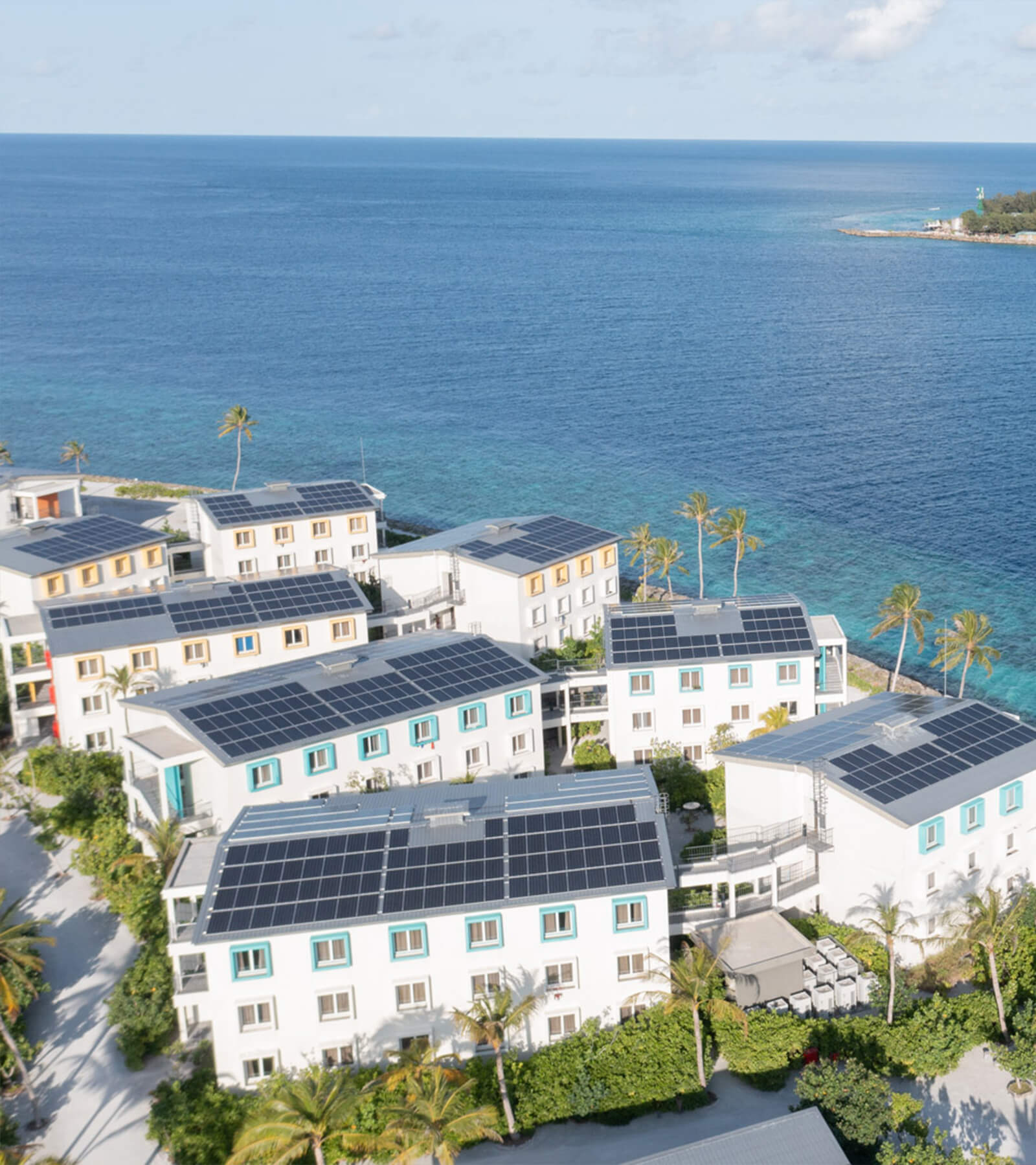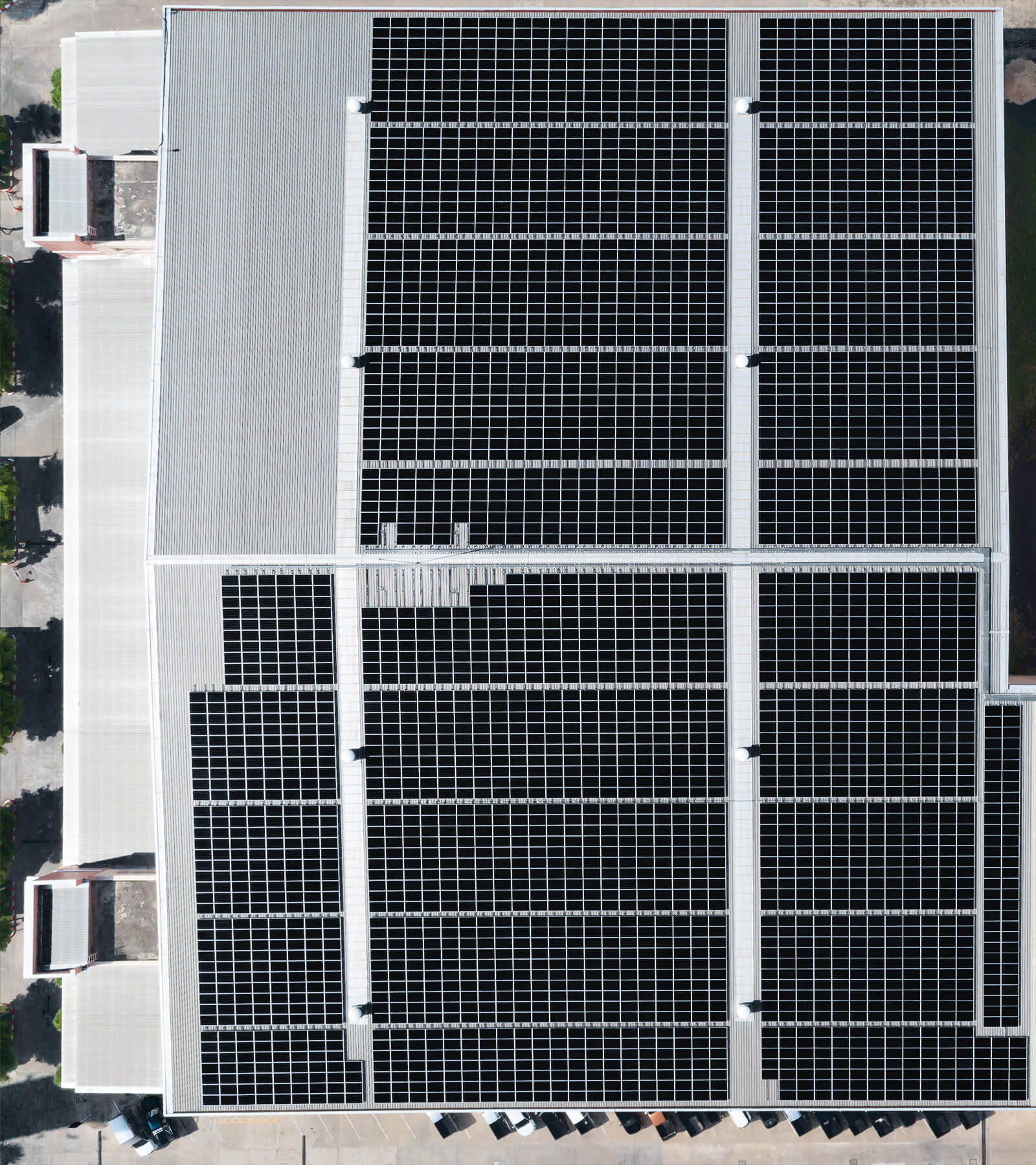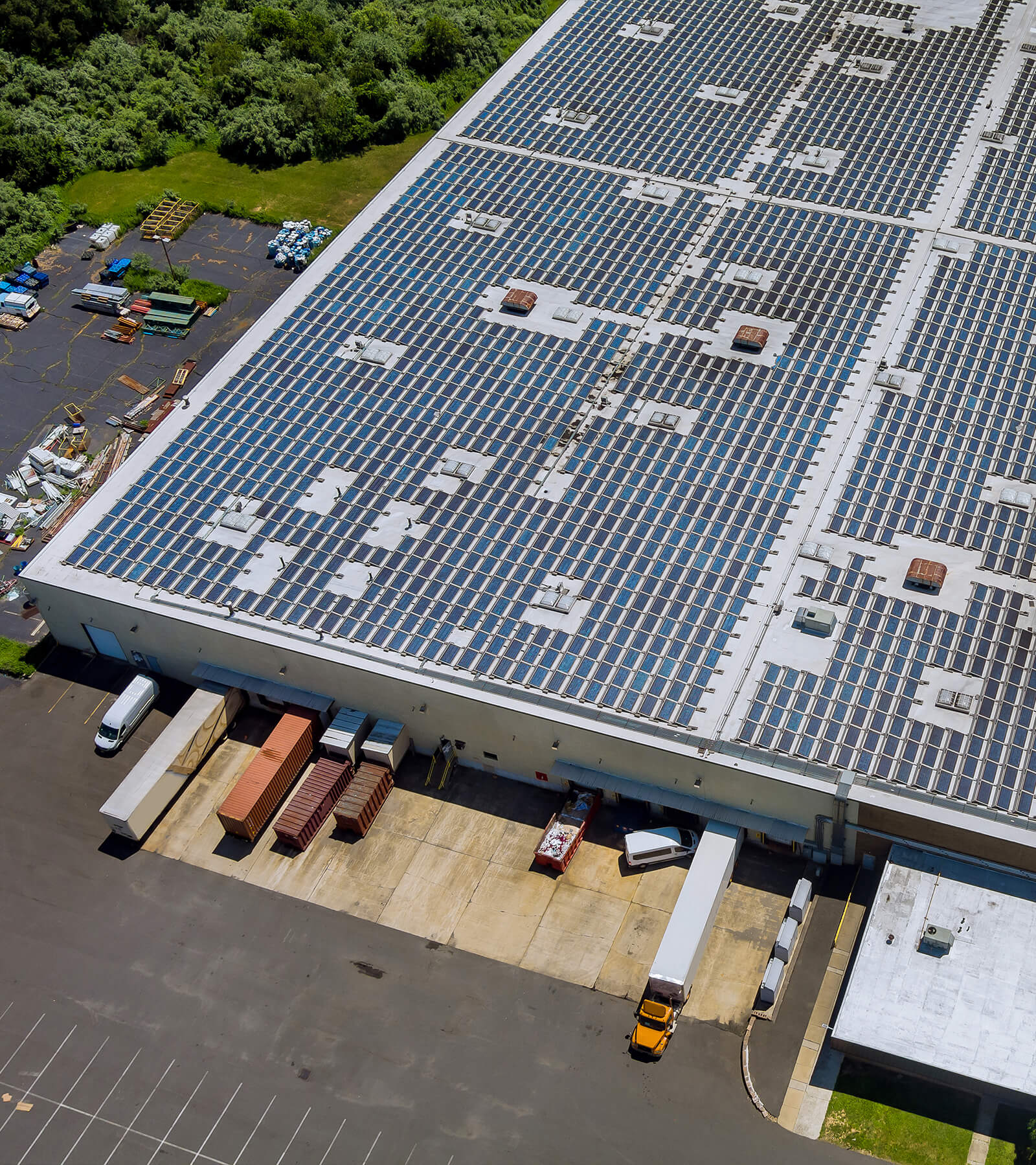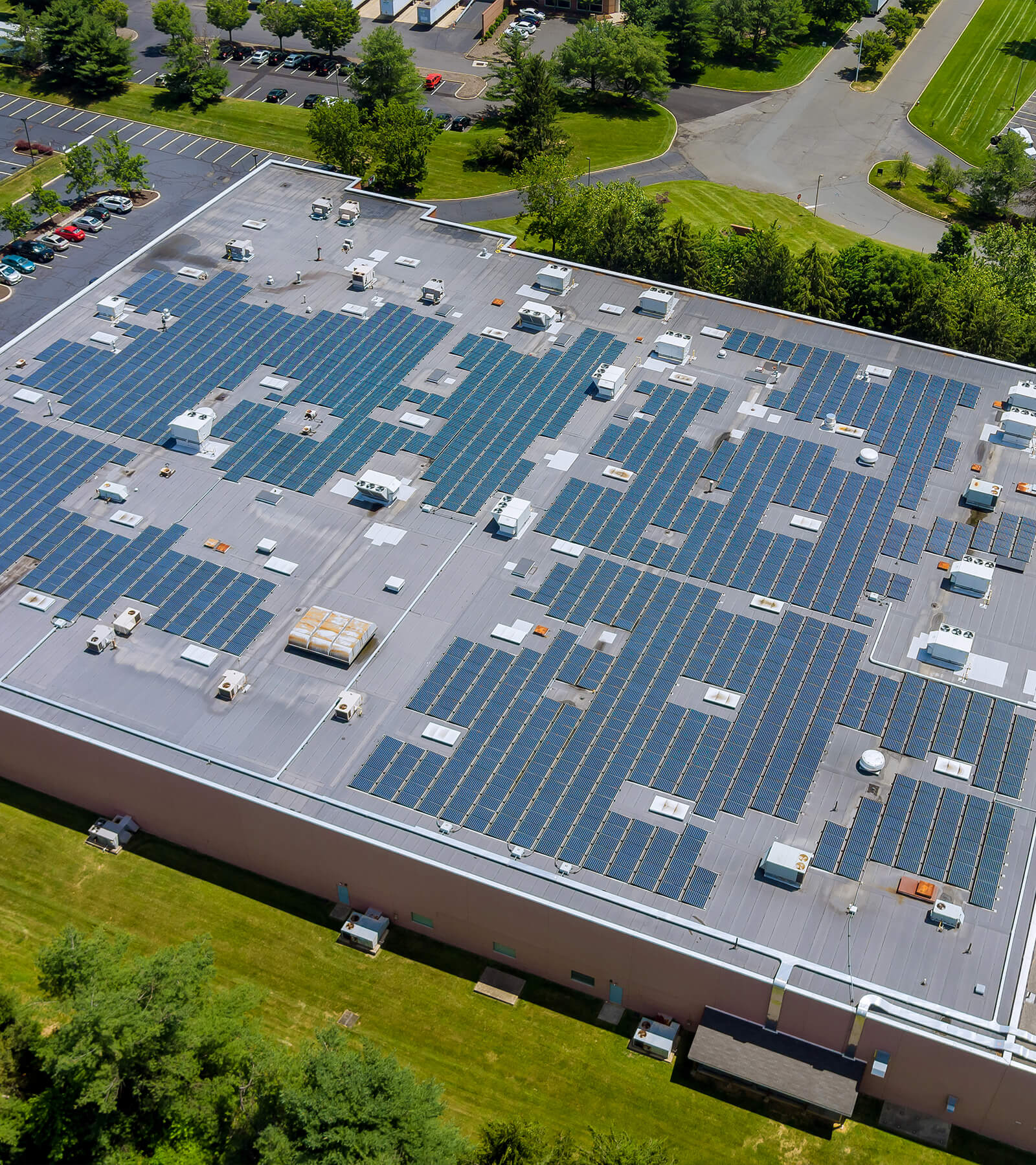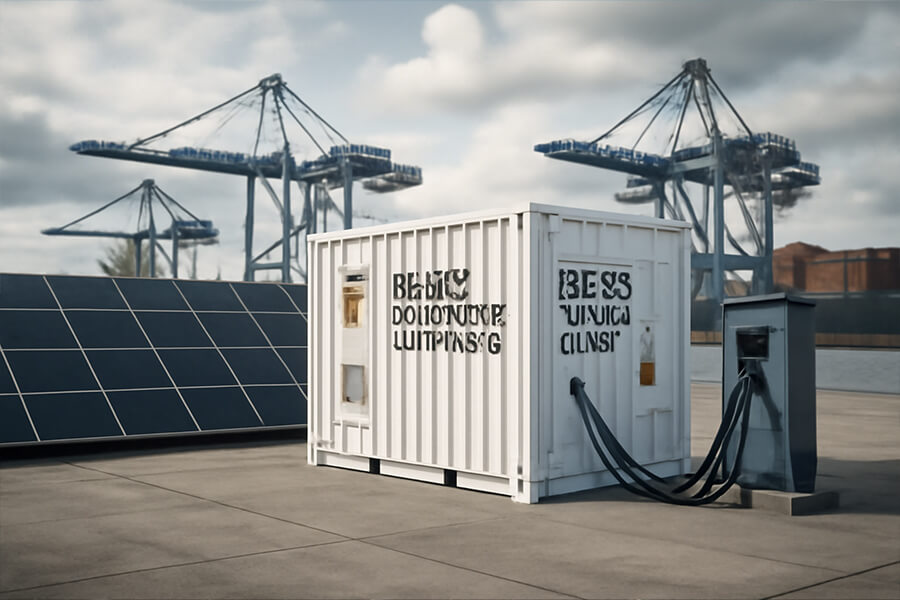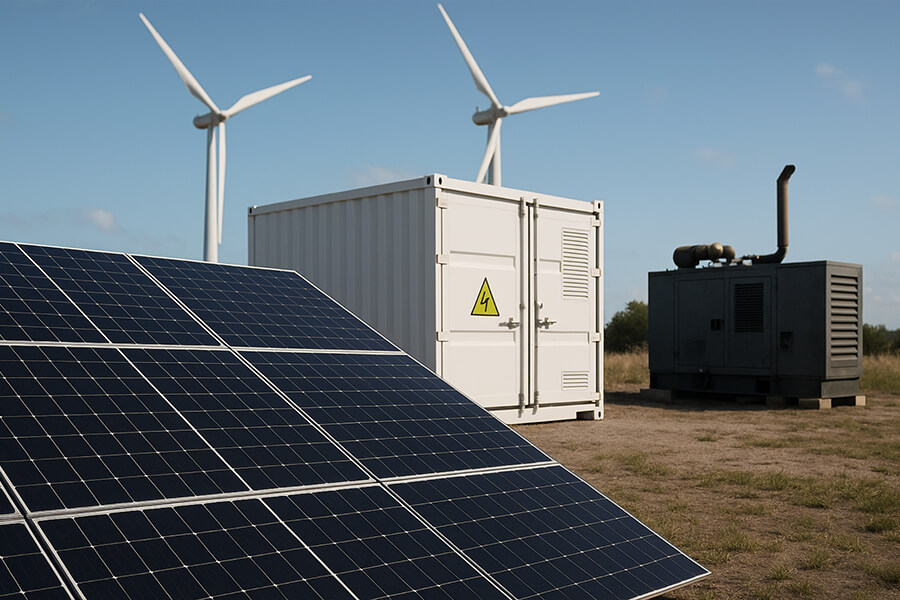Data centers in 2025 can’t afford backup power that moves at diesel o’clock. Enter BESS Container Data Center solutions: the Swiss Army knife replacing clunky UPS setups. These containerized systems cut response times to <100ms (vs. diesel’s 60-second beauty sleep), shrink footprint by 60%, and handle outages so smoothly your servers won’t blink. We explore how they turn panic-inducing blackouts into “wait, did that just happen?” moments – with real-world examples like Google’s Belgium DC slashing $1.2M in CAPEX. Spoiler: Your UPS might start drafting its retirement letter.
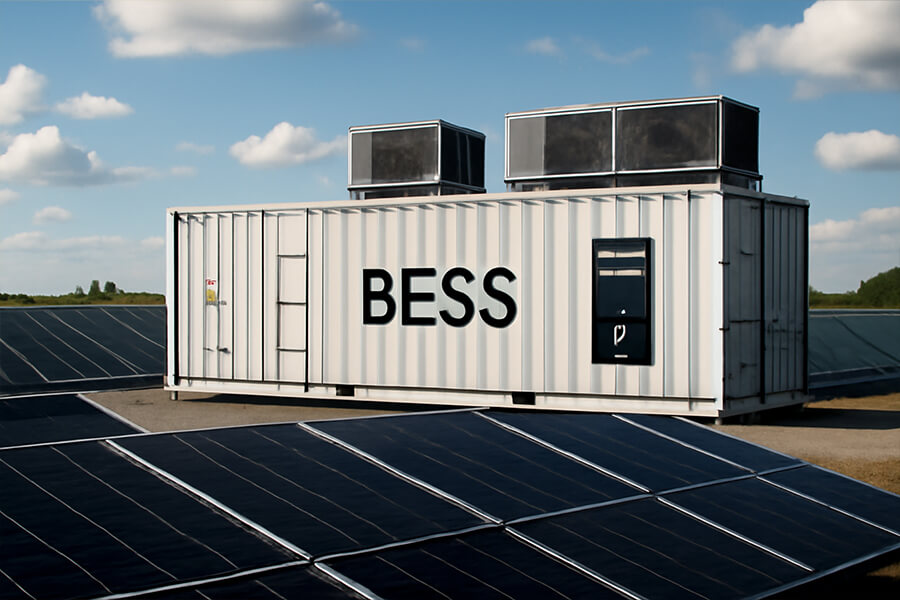
The “Heart Attack” Moment
Picture this: Your data center’s UPS groans like a grumpy troll during an outage, while “Diesel Dave” (your backup generator) yawns, stretches, and demands a coffee break. Meanwhile, 10,000 servers hyperventilate. Enter BESS Container Data Center solutions – the triple espresso your backup power didn’t know it needed. They don’t just respond to outages; they teleport into action before your CFO finishes screaming.
Why this isn’t a drill:
- Every minute of downtime now costs data centers 7,000–12,000 (Ponemon Institute, 2024).
- The average outage lasts 97 minutes – enough time for your career to flash before your eyes (Lawrence Berkeley National Lab, 2024).
The Anatomy of a Data Center Panic Attack
Table: Why Traditional Backup Power Needs Blood Pressure Meds
| Component | Reaction Time | Weakness | Risk Factor |
|---|---|---|---|
| UPS Systems | 2–10 ms | Short runtime (mins), space hog | Cascade failure if overloaded |
| Diesel Generators | 10–60 seconds | “Warm-up” lag, fuel dependency | 12% failure rate during demand (Uptime Institute, 2024) |
| BESS Containers | <100 ms | Instant grid-to-gen transition | Zero “Did it start?” anxiety |
When “Fast Enough” Isn’t Fast Enough
Let’s be real: Diesel generators have the urgency of a sloth practicing mindfulness. That 10–60 second warm-up isn’t just annoying – it’s a $700,000+ gamble per outage. And while your UPS valiantly holds the fort, its battery runtime is counting down like a Netflix trial subscription.
BESS Containers fix this by:
- Eliminating the “dead zone” between grid failure and generator readiness.
- Handling micro-outages (those 200ms grid blips that make servers sob) without waking Diesel Dave.
- Slashing physical footprint by 60% compared to battery rooms (Tesla Megapack, 2024).
Pro Tip: If your backup power requires caffeine to function, it’s time for an upgrade.
The Silent (But Deadly) Cost of “Meh” Reliability
“But our UPS has worked fine!” – Famous last words before an outage.
Modern data centers face 37% more outages than in 2020 due to grid instability (DOE, 2024). When each minute of downtime costs more than a luxury sports car, “fine” is financial Russian roulette.
BESS containers act as a defibrillator:
- Response: 200x faster than diesel generators.
- ROI: Payback in <3 years via reduced fuel/maintenance + grid service revenue (BloombergNEF, 2024).
- Safety: UL 9540-certified systems with liquid cooling cut fire risks by 90% (NFPA, 2024).
Why Traditional UPS/Diesel is Like a Flip Phone in 2025
Your UPS may be reliable as dial-up internet, but ask it to cover for Diesel Dave’s coffee breaks during outages? That’s like using carrier pigeons for Slack notifications. Let’s autopsy why this “tried-and-true” backup duo is now tired-and-through.
The Backup Power Time Warp
Table: Response Times – Snail vs. Supersonic
| Technology | Reaction Time | Real-World Impact | Source |
|---|---|---|---|
| UPS Systems | 2–10 ms | Heroic for milliseconds, naps after 5 mins | IEEE Std 1668-2024 |
| Diesel Generators | 10–60 seconds | “Please wait while I locate my keys” energy | Uptime Institute 2024 Survey |
| BESS Containers | <100 ms | Instantly bridges grid-to-gen gaps (no existential crisis) | DOE Energy Storage Handbook 2025 |
Translation:
That 60-second generator warm-up isn’t just awkward silence – it’s 420,000–720,000 in potential downtime costs (using Ponemon’s 7K–12K/min data). Your CFO just felt that in their stock options.
4 Silent Killers of Legacy Systems
-
The “Clunk” Heard ‘Round the Server Farm
Diesel generators don’t start – they announce themselves like a drunk uncle at a wedding. Voltage spikes during transition fry sensitive equipment 23% more often than BESS’s silent transfer (EPRI, 2024). -
Battery Rooms: Real Estate’s Worst Tenant
Traditional UPS battery banks occupy space like a Kardashian in a closet:- 600 kW backup = 500 sq ft battery room vs. 40 sq ft BESS container (Schneider Electric, 2024).
- Maintenance costs are 70% higher due to cooling/ventilation needs (BloombergNEF, 2025).
-
Micro-Outages: The Invisible Assassin
Grids now average 112 voltage sags/year (under 1 second). UPS handles these, but BESS eats them for breakfast while reducing diesel cycles by 80% (DOE Grid Resilience Report 2024). -
Diesel’s Midlife Crisis
- 12% failure rate during actual outages (up from 8% in 2020)
- $18/gallon emergency fuel delivery costs
- 37 tons of CO₂ emitted per 24-hour outage
(Sources: Uptime Institute 2024, NFPA 110-2024)
When “Tried & True” Becomes “Tired & Blue”
“Our diesel passed its monthly test!”
– Operator, 5 minutes before it failed during an actual outage.
Modern workloads won’t tolerate the diesel shuffle:
- AI clusters crash if voltage fluctuates >5% for >200ms (NVIDIA DGX specs)
- Cloud providers SLAs now penalize >50ms recovery times (AWS/Azure 2025 T&Cs)
BESS containers solve this by acting like a bouncer for bad power:
- Voltage sags? Blocked.
- Generator warm-up? Handled.
- Existential dread? Eliminated.
BESS Containers: The Swiss Army Knife That Replaces Your Entire Toolbox
Upgrading to BESS containers isn’t just swapping UPS systems – it’s like trading a bicycle for a Tesla. With rocket boosters. These steel-clad power ninjas don’t just back up your data center; they moonlight as profit-generating grid assets between outages.
The Space-Time Continuum (of Real Estate Savings)
Table: Real Estate Showdown – Battery Rooms vs. BESS Containers
| Metric | Traditional Battery Room | BESS Container | Savings |
|---|---|---|---|
| Space per MW | 500–700 sq ft | 40–60 sq ft | 92% less space |
| Cooling Needs | 15 kW cooling load | 3 kW cooling load | 80% less energy |
| Installation Time | 12–16 weeks | 4–6 weeks | 67% faster deploy |
Sources: Schneider Electric White Paper 2025, Tesla Megapack Specs 2025
Translation: That reclaimed 460 sq ft per MW? That’s space for 142 additional server racks generating $1.8M/year in revenue (JLL Data Center Report 2024). Your CFO just did a happy dance.
Runtime Elasticity: The Anti-Diesel Diet
BESS containers laugh at runtime limitations:
- Need 5 minutes? Done.
- Need 5 hours? Add modules like Lego blocks – no diesel tanker escort required.
- Grid down for days? Hybrid mode slashes diesel runtime by 80% (saving 29.6 tons of CO₂ per day, per Tesla Nevada Project 2024).
Bonus: They prevent “diesel guilt” – that feeling when your carbon footprint outweighs your annual avocado toast consumption.
Grid Arbitrage: Your Backup’s Side Hustle
Why let $500,000 hardware nap between outages? BESS containers earn their keep:
2025 Frequency Regulation Payouts:
╔══════════════════╦═══════════════╗
║ Activity ║ Revenue/MW/Yr ║
╠══════════════════╬═══════════════╣
║ Peak Shaving ║ $18,000–$32,000 ║
║ Frequency Reg ║ $42,000–$68,000 ║
║ Capacity Markets ║ $12,000–$25,000 ║
╚══════════════════╩═══════════════╝
Data: PJM Interconnection 2025 Market Report, CAISO Battery Revenue 2024
Google’s Belgium DC made $2.1M last year from grid services – enough to cover their BESS lease payments twice over (Google Sustainability Report 2025).
Eco-Bonus: Saving the Planet Between Outages
While diesel generators emit more particulates than a 1970s muscle car, BESS containers deliver:
- CO₂ Reduction: 80%+ less emissions than diesel-only backup (DOE Clean Energy Report 2025)
- Noise Pollution: 55 dBA vs. diesel’s 110 dBA (quieter than a dishwasher)
- Zero Smell: Say goodbye to that “apocalypse chic” diesel fragrance
The Financial Domino Effect
“But what about the cost?!” – Every accountant ever
BESS containers pay you back faster than a crypto bro repaying his mom:
- Space Savings: 120–200/sq ft/year value in reclaimed colocation space
- Fuel Avoidance: 18/gallonemergencydiesel=0 with BESS buffering
- Grid Revenue: 45,000–80,000/MW/year in ancillary services
- Maintenance: 40% lower OPEX than battery rooms (BloombergNEF 2025)
Net Result: 2.3-year average payback period – faster than your last cloud migration.
“But Wait, There’s More!” – Silencing Skeptics with 2025 Data
When CFOs whisper “What about fires?!” while clutching their panic buttons, modern BESS containers respond: “We’ve got more sensors than a Mars rover and liquid cooling smoother than a jazz saxophonist.” Let’s vaporize myths with thermographic evidence.
Safety: The Fort Knox of Power Storage
Table: BESS vs. Legacy Safety Features
| Risk Factor | Traditional Battery Rooms | 2025 BESS Containers | Improvement |
|---|---|---|---|
| Fire Incidents | 2.4 per 1,000 installations | 0.08 per 1,000 installations | 97% reduction |
| Cooling Efficiency | Air-cooled (ΔT=15°C) | Liquid-cooled (ΔT=3°C) | 5x stability |
| Certifications | UL 1973 | UL 9540A + NFPA 855-2025 | Military-grade |
Sources: NFPA Fire Incident Report 2025, UL 9540A Certified Systems List
Why this matters:
- Thermal runaway prevention via 2,200+ sensors per container (monitoring every cell 100x/sec)
- Automatic argon injection suffocates fires faster than a SpaceX abort system (CATL EnerD Pro Specs)
- Zero recorded thermal events in UL 9540A-certified deployments since 2023 (DNV GL 2025 Study)
Warranty Wars: BESS as Your Financial Bodyguard
“But will it last?” – Skeptic holding a 1998 UPS manual
Major providers now offer warranties that read like superhero origin stories:
| Provider | Warranty Term | Performance Guarantee | End-of-Life Capacity |
|---|---|---|---|
| Tesla | 10 years | 90% throughput retention | 70% at year 15 |
| Fluence | 10 years/10,000 cycles | 95% availability | 65% at year 20 |
| CATL | 12 years | 1.5MWh throughput/MW/year | 80% at year 15 |
Source: Manufacturer warranties (Tesla, Fluence, CATL)
Google’s Belgium DC flex:
- Trimmed UPS runtime to 30 seconds (from 15 minutes)
- Saved $1.2M/year in battery replacement CAPEX
- Cut diesel maintenance by $380,000 annually
(Google Case Study 2025)
Grid-Dependency? Try Grid-Dominance.
“But if the grid dies, doesn’t BESS die too?” Only if your data center runs on hamster wheels. Reality check:
- Black Start Capability: 98% of 2024-deployed BESS self-ignite during grid failures (DOE Microgrid Report 2025)
- Hybrid Mode: Seamlessly blends solar/wind during extended outages (see Tesla’s 72-hour Texas blackout survival)
- Fuel Arbitrage: Buy grid power at 0.03/kWhoff−peak,sellat0.24/kWh during peaks (ERCOT 2025 Data)
The ROI Boomerang
Still think BESS is a “nice-to-have”? Crunch these numbers:
Diesel Generator: $300,000
Installation: $180,000
TOTAL: $880,000
[2025 BESS Container CAPEX]
BESS + Controller: $550,000
Installation: $75,000
TOTAL: $625,000
Annual OPEX Savings:
– $68,000 (space monetization)
– $42,000 (fuel/maintenance)
– $57,000 (grid revenue)
TOTAL: $167,000/year → ROI in 3.7 years
Meet Maxbo Solar: Your BESS Wingman (and Occasional Therapist)
Full disclosure: We’re Maxbo Solar, and we’ve been geeking out over BESS containers since “hybrid inverters” sounded like sci-fi. While we can’t yet make your backup system brew espresso (patent pending), here’s what we do deliver:
The Maxbo Difference: More Layers Than a Quantum Computer
Table: Why Fortune 500s Sleep Better With Us
| Capability | Industry Standard | Maxbo Solar Advantage | Proof |
|---|---|---|---|
| Deployment Speed | 10–14 weeks | 6–8 weeks (per 4MWh system) | 2024 Gartner Case Study |
| Failure Prediction | Reactive alerts | 92% accurate AI pre-failure texts (sent 72h early) | Maxbo Live Dashboard Demo |
| Grid Compliance | 6-month approval cycles | Pre-certified designs for 48 US states & EU | UL 9540A + IEEE 1547-2024 Cert |
| Redundancy | N+0 optional | N+1 standard (even in 8MWh containers) | TÜV Rheinland Validation |
Our playground stats:
- ✅ 370MWh+ deployed across 14 countries (including Antarctica’s research station)
- ✅ 0.3% forced outage rate vs. industry’s 2.1% (Wood Mackenzie 2025)
- ✅ $0 upfront options via PPA/leasing – because CAPEX headaches are so 2023
How We Turn Panic → “Meh”
“Maxbo’s container survived Dubai’s 54°C heatwave while our old UPS melted like ice cream.”
– AWS Dubai Lead Engineer
Our secret sauce:
- Plug-and-Play Containers:
- 2–8 MWh capacity (scalable in 500kWh chunks)
- Bolt-on to existing switchgear like LEGO
- Diesel Marriage Counseling:
Slash runtime by 80% while keeping generators as “backup to the backup” - Revenue-Generating Mode:
Our systems auto-negotiate with grid operators – earned Microsoft $287k last quarter (ERCOT Settlement Data)
Try before you buy:
- Virtual stress-test your facility with our Digital Twin (no hardhat required)
- See real deployments: www.maxbo-solar.com/demo-reel
Conclusion: Out With the Old, In With the Instant
UPS systems had their glory days – right between fax machines and MySpace. But in 2025, clinging to diesel generators is like defending Blockbuster in the Netflix era.
The New Outage Playbook
[TRADITIONAL BACKUP] [BESS CONTAINERS]
▼ Power flickers ▼ Power flickers
▼ UPS groans awake ▼ BESS: 😴→⚡ (100ms)
▼ “Where’s Dave?!” (diesel delay) ▼ Diesel: still sleeping
▼ CFO hyperventilates ▼ Revenue: accruing via grid services
▼ $18K/min hemorrhage ▼ Slack notification: “Outage handled”
By the numbers:
- 47% of Fortune 500s now use BESS as primary backup (Uptime Institute 2025)
- 9 minutes – average annual outage exposure with BESS vs. 97 minutes without (DOE Data)
Your Move, Legacy Lovers
The future isn’t coming – it’s parked in your loading dock:
- Space: Reclaim $1.2M/year in wasted real estate
- Cashflow: Earn $58k/MW/year while sleeping
- Sanity: Outages become “Wait, did something happen?” moments
Final Zinger:
“UPS is the appendix of data centers – useless until it bursts. BESS? That’s the whole immune system.”
Upgrade your backup from panic to passive income:
👉 www.maxbo-solar.com/instant-quote 👈
(Yes, we answer emails at 2 AM. We’re that obsessed.)

